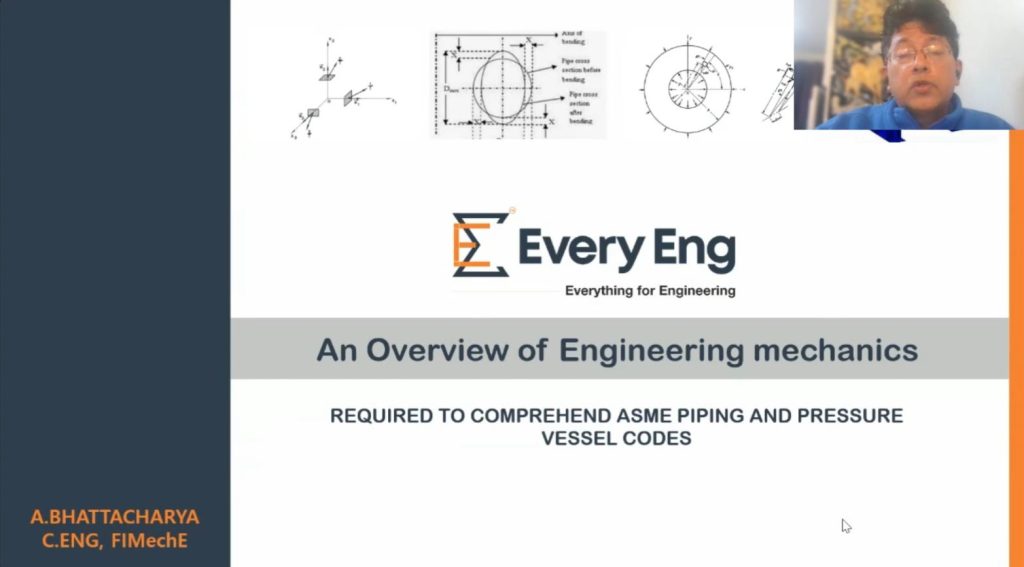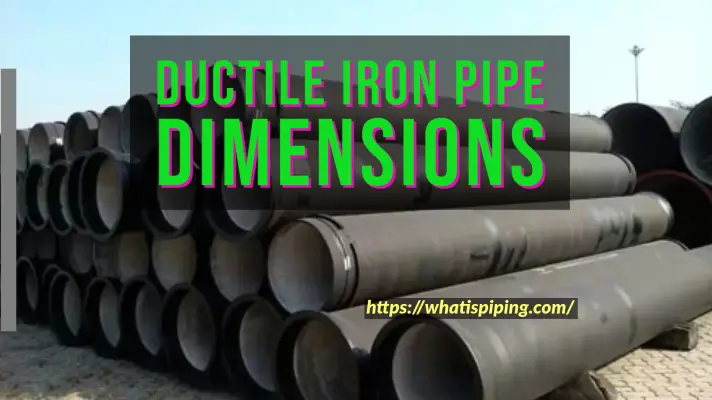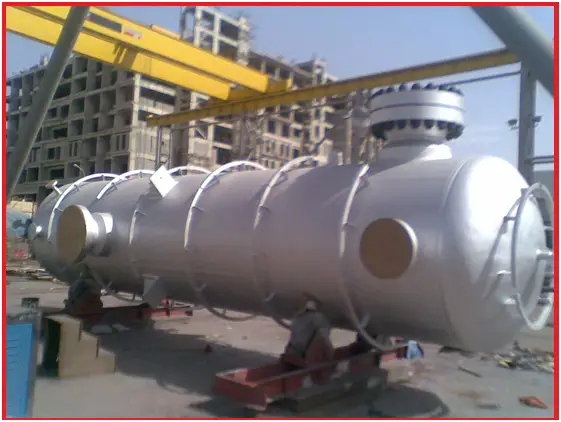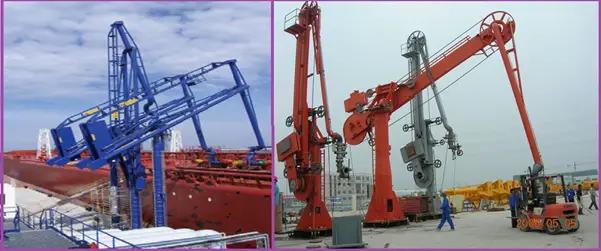If you get the opportunity to learn directly from the ASME review committee member, how will you feel? Yes, you got me right. Today we will be launching the course of one such renowned professional, who is a member of the International ASME B31.3 Review Group and is associated with B31.3 projects on changes in Appendix W and a proposed non-mandatory appendix on analysis of piping systems subject to loading due to blast. Additionally, he has more than 25 years of rich experience. In this course, the tutor himself will explain the basics of solid mechanics to help you understand the concepts so that you can comprehend the international codes in a much better way.
About the Course
This online course will cover basic and advanced topics in solid mechanics required to provide a robust understanding of the background theories behind the technical requirements of piping and pressure vessel codes and standards. It is going to be a great refresher course on core and advanced topics of solid mechanics, required to understand the technical background of various international codes and standards, including the piping and pressure vessel codes and standards.
Topics Covered
This 1.5-hour-long discussion will briefly touch upon the following subjects so that you get enough ideas to better comprehend the international codes, including the ASME code.
- Concepts of Stress: Definition, Principal Stress, Octahedral Shear Stress, Deviatoric and Hydrostatic Components.
- Failure Theories for isotropic materials.
- Beam Theories-Euler Brnoulli and Timoshenko
- Fatigue-stress and strain-based approaches, overview of fracture mechanics concepts, rain-flow counting, cyclic stress-strain curves, Concept of Ratcheting/alternate plasticity
- Theory of plates-basic assumptions, Mindlin and Kirchoff models, circular plates.
- Theory of cylindrical shells, key aspects.
- Mechanics of pipe bends, and
- Theory of thick cylindrical shells (High-pressure version of ASME B31.3 code)
- Round Up
About the Tutor
Let’s learn about the tutor. He is Mr. Anindya Bhattacharya. The tutor is a Chartered Mechanical Engineer and Fellow of the Institution of Mechanical Engineers, UK. He is also a European Engineer (Eur. Ing) and International Professional Engineer (Int. PE) through the Engineering Council UK. He has 25+ years of experience in the fields of piping, static equipment engineering, and finite element analysis (FEA). He has published 19 technical papers, many of which are part of the ASME Pressure Vessel and Piping Conference Proceedings. Most of his published works are associated with the application of finite element analysis to piping and pressure vessel applications. He is a member of the International Review Group of B31.3 and is currently associated with B31.3 projects on changes in Appendix W and a proposed non-mandatory appendix on analysis of piping systems subject to loading due to blast. He has worked for reputed EPC companies like Bechtel, Fluor, CB&I/McDermott, KBR, and various client organizations like Reliance Industries Ltd. and Shell Netherlands (for a research and development project on the use of composite pipes for transport of LNG).
How to Enroll
To enroll for this course, simply follow the below-mentioned steps:
- Visit the course page by clicking here
- Preview the introduction video to learn what the course covers.
- Click on Buy Now
- Create your profile
- Pay for the course to Access
- If you face any problem during purchasing or accessing the course, contact us using the contact us option on the website.

Why Do You Enroll?
- How elementary and advanced topics of solid mechanics are applied in the development of piping and pressure vessel codes and standards.
- The theoretical background behind design code requirements helps an engineer understand the strengths, weaknesses, and applicability of the code requirements.
- An insight into the newly introduced codes.
- Bridging the gap between theoretical knowledge and code requirements.
- University students who want to take up a career in piping engineering or static equipment engineering and want to learn about the most widely used industrial standard.
- Experienced engineers who want to understand the background of code rules and requirements








